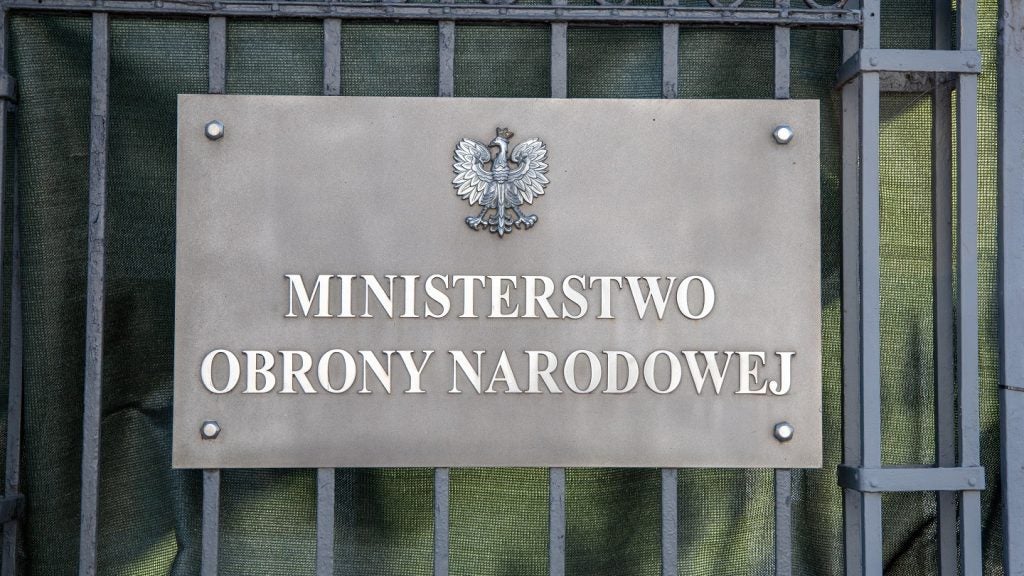A spree of contract announcements, in what is usually a quiet month for defence developments, has seen Poland propelled front and centre for military observers, with contracts totalling approximately $12.5bn (51.75bn zlotys) confirmed.
Headlining this was the announcement by the US Defence Security Cooperation Agency detailing the US State Department’s approval of a $12bn deal for 96 AH-64E Apache attack helicopters, to fulfill Poland’s Kruk rotary programme.
Other deals across defence domains signed, including a $292.9m contract with PGZ for 400 Light Reconnaissance Vehicles and other platforms, a $100m agreement with Rafael for Spike LR anti-tank munitions, and the announcement of a framework agreement between UK defence prime Babcock and PGZ on the Miecznik frigate programme, which will deliver three new frigates from 2026 in a deal thought to be worth around $2bn.
The spending equates to approximately half of the planned annual defence expenditure announced by Poland in early 2023, where it stated an intention to spend around 4% of its GDP on defence through the year, amounted to around $27.5bn.
The multi-year nature of defence spending will see contracts fulfilled over the course of the lifetime of the programme and is unlikely to always require an upfront single payment. Nevertheless, the deals point to a significant defence spending commitment at a time when the country’s economy is moving in the wrong direction.
Other big-ticket items so far this year include a £1.9bn ($2.4bn) deal with the UK to deliver a new air defence system, which will see London provide 22 Polish air defence batteries with the UK Common Anti-Air Modular Missile (CAMMs) and launchers, under a programme called PILICA+.
Poland has also moved to acquire more than 1,000 K2 MBTs from South Korea, with an initial 180 being off-the-shelf purchase and the remainder 920 made domestically from 2026, as well as acquiring the K-9 Thunder self-propelled artillery system from the same source.
Defence spending big, but at the wrong time?
According to the European Commission’s May country report, Poland’s GDP was expected to grow at an anemic 0.7% in 2023, down from 5.1% in 2022, with inflation at around 11%. GDP growth was forecast to rise to 2.7% in 2024. Inflation was projected to remain “well above” the central bank target, remaining high at 6% in 2024.
GDP in 2022 was around $688bn according to figures from the World Bank. Given the expected growth, similar figures can be anticipated through 2023, although purchasing power will necessarily reduce due to inflationary pressures.
In early 2023, Poland announced its intention to spend 4% of its GDP on defence through the year, amounted to around $27.5bn.
According to GlobalData’s Poland Defense Market 2023-2028 report, the country’s defence posture has taken a “historic turn” since Russia’s invasion of its neighbour Ukraine. As part of a wide-ranging move to replace Soviet-era equipment, main battle tanks (MBTs), tube and rocket artillery, infantry fighting vehicles, new rotary and fixed-wing aircraft, and next-generation submarines and frigates are all major acquisitions for the forecast period – where spending from 2024–28 is predicted to total $135.8bn, or a compound annual growth rate of 10.8%.
The biggest single year-on-year increase came from 2022-2023, where spending increased by $7.2bn, or 55.7%.











